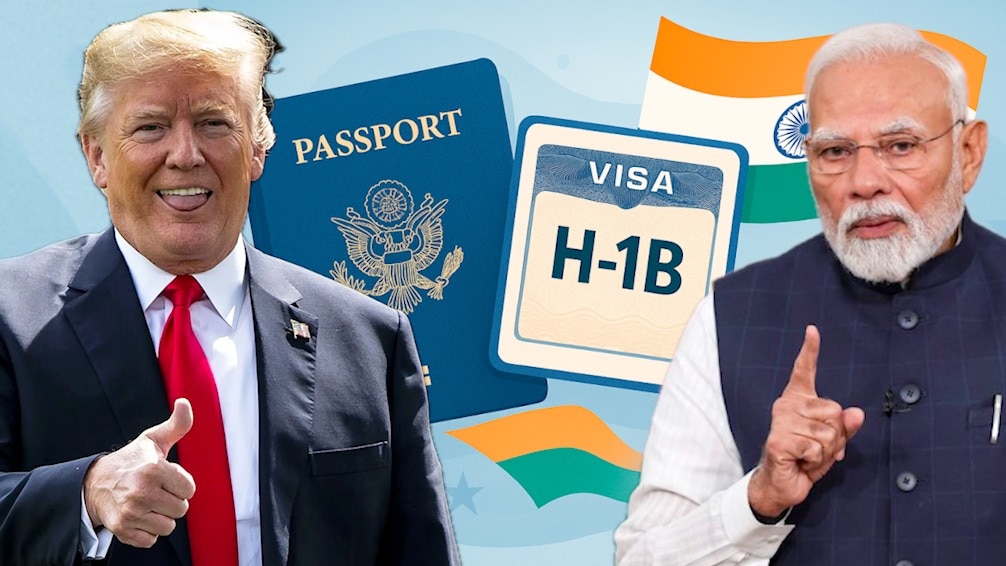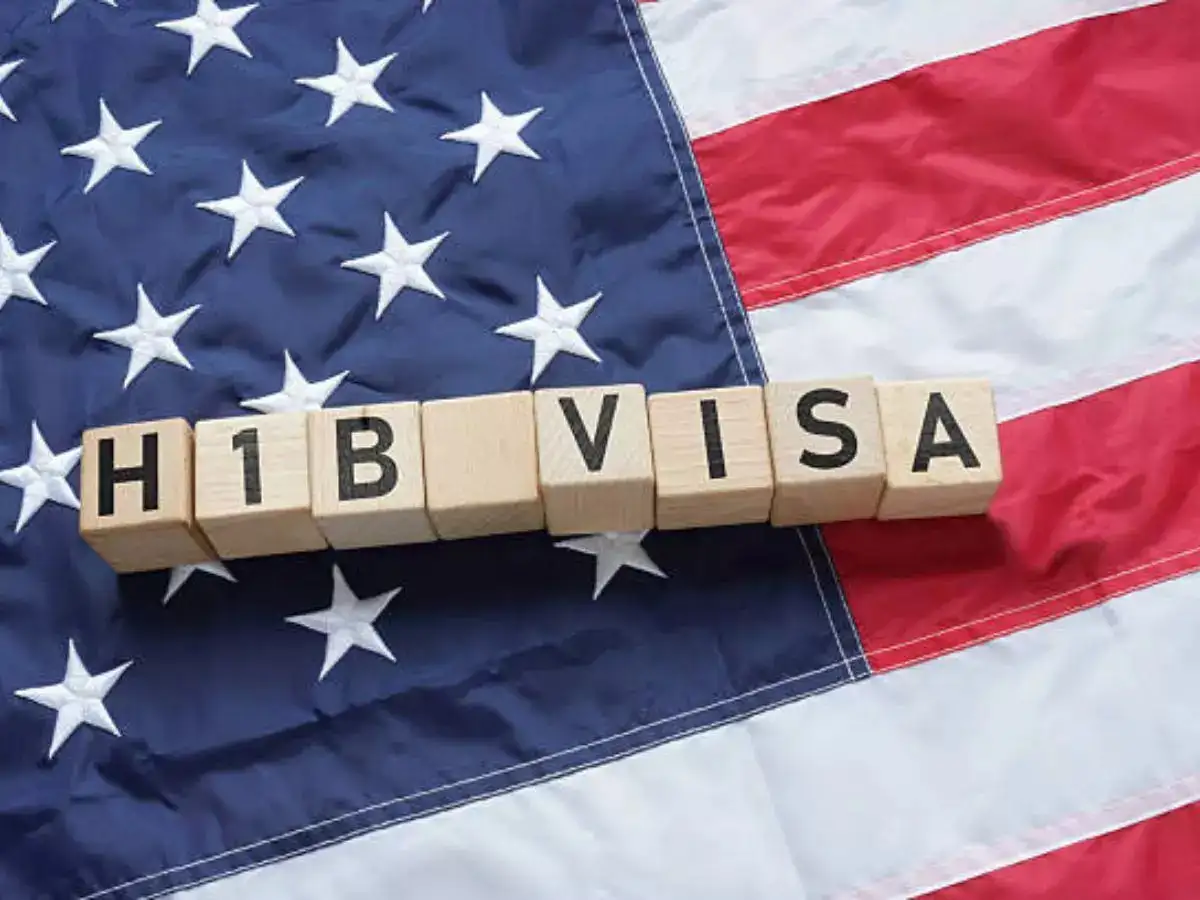Trump Administration Proposes $100K H-1B Fee Hike & $1M 'Gold Card' for Residency
This executive order represents a radical shift in U.S. skilled immigration policy, aiming to drastically reduce foreign worker reliance through unprecedented fee increases.
Subscribe to our newsletter and stay informed about latest H1B news, policy updates and and other developments.
Article Summary
President Donald Trump signed an executive order proposing to raise the H-1B visa application fee from under $10,000 to $100,000, aiming to reduce companies' reliance on foreign workers. Minnesota-based employers like Mayo Clinic and Target, who utilize the program for highly skilled roles, anticipate significant impacts. Additionally, the order introduced a 'Trump Gold Card' for legal U.S. residency at a cost of $1 million.
Original Article: startribune.com
[ Sentiment: negative | Tone: factual ]
This summary and analysis were generated by TheNewsPublisher's editorial AI. This content is for informational purposes only; it does not constitute legal or immigration advice.
[ Sentiment: negative | Tone: factual ]
This summary and analysis were generated by TheNewsPublisher's editorial AI. This content is for informational purposes only; it does not constitute legal or immigration advice.
TNP AI: Key Insights
This proposed $100,000 H-1B fee represents an unprecedented shift, dramatically increasing the cost of hiring skilled foreign talent and potentially pricing out smaller businesses and non-profits from accessing global expertise. Historically, H-1B fees have been a fraction of this, typically in the thousands, making this a radical departure from established policy and a potential barrier to innovation for tech companies.
Such a steep increase would almost certainly face immediate legal challenges, questioning the executive branch's authority to unilaterally impose such a fee without congressional approval. The 'Trump Gold Card' at $1 million also sets an exceptionally high bar for residency, contrasting sharply with skilled immigration pathways in competitor nations like Canada or the UK, which typically prioritize skill contribution and integration over wealth.




